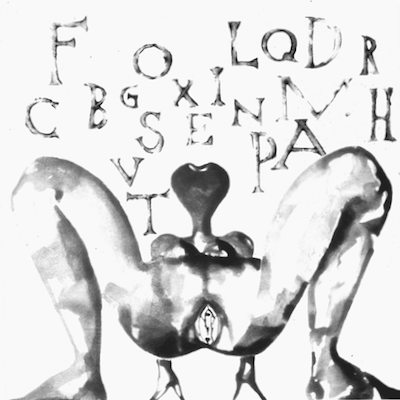
Details
Artist
Styles
stamped on the backside - size: 14,6 x 21,7 cm // Martine Franck’s Swimming Pool (by Alain Capeilleres) is a striking black-and-white photograph capturing a serene moment of leisure at a modernist poolside. The composition emphasizes geometric lines and shadows created by the grid-patterned tiles, hammocks, and spherical poolside decor. Figures lie in relaxed poses, absorbed in sunbathing and quiet repose, adding a sense of calm and contemplation to the scene. Franck's use of contrast and perspective highlights the interaction between the human form and the architectural environment. Taken in 1976, this photograph exemplifies Franck’s keen eye for composition, capturing an idyllic and timeless moment that combines human presence with architectural aesthetics.
Swimming pool (by Alain Capeilleres), 1976
form
Medium
Size
15 x 22 cm
- Inches
- Centimeters
Edition
Price
Details
Artist
Styles
stamped on the backside - size: 14,6 x 21,7 cm // Martine Franck’s Swimming Pool (by Alain Capeilleres) is a striking black-and-white photograph capturing a serene moment of leisure at a modernist poolside. The composition emphasizes geometric lines and shadows created by the grid-patterned tiles, hammocks, and spherical poolside decor. Figures lie in relaxed poses, absorbed in sunbathing and quiet repose, adding a sense of calm and contemplation to the scene. Franck's use of contrast and perspective highlights the interaction between the human form and the architectural environment. Taken in 1976, this photograph exemplifies Franck’s keen eye for composition, capturing an idyllic and timeless moment that combines human presence with architectural aesthetics.
What is Transvanguardia ?
Transavanguardia is the Italian version of Neo-Expressionism, referring to an art movement that emerged in Italy and other parts of Western Europe during the 1970s and 1980s. The term translates to beyond the avant-garde. Transavanguardia arose as a reaction against the dominance of conceptual art, reintroducing emotion and reviving painting as a primary medium. The movement marked a return to mythic imagery and figurative art, celebrating a rediscovery of traditional forms and themes in a contemporary context.












